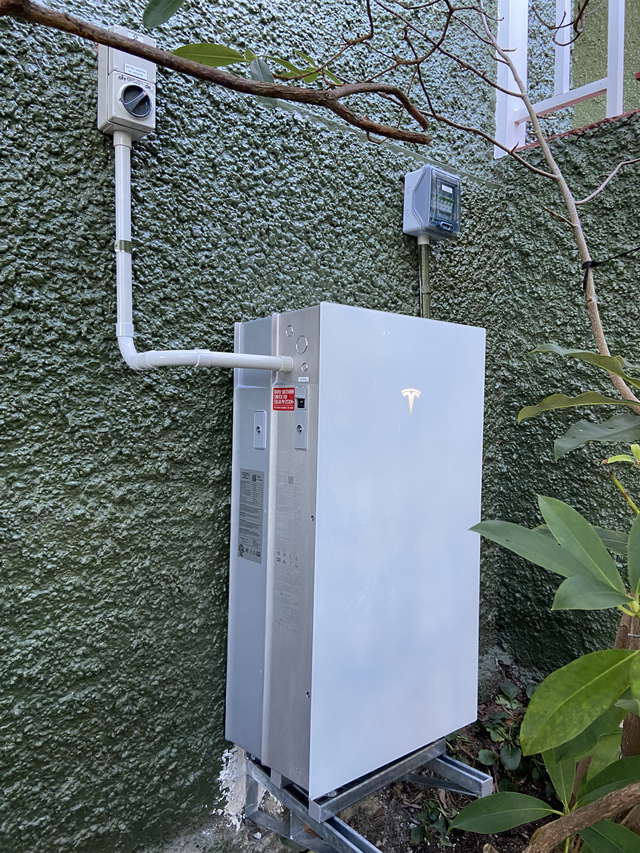Your Trusted Local Solar Company
Empowering locals to reduce their energy bills and be more self-sufficient with clean, renewable solar energy.
200+
Why Go Solar?
Save Money
Slash your energy bills by producing free power from the sun and selling energy you don't use back to the grid.
Reduce Your Impact
Generate clean, endlessly renewable energy to help protect our planet.
Take Control Of Your Energy
Free yourself from rising energy prices and keep the lights, heating and Wifi on through power outages.
Solar Experts Across The South Island
At Think Solar, you get the personalised service of a truly local business backed by the buying power, expertise, and support of a South Island-wide network. Each of our branches is led by passionate local owners who know their communities and are committed to delivering the best in solar power and battery storage solutions. With boots on the ground across the South Island, we’re proud to be known as the region’s most trusted solar experts.
How We Can Help
We offer solutions for home and commercial solar systems, off-grid setups, and battery storage. Whether you're aiming for energy independence or enhancing efficiency, our expert team can cover all your solar and storage needs.
Home Solar
A home solar system is a great way to save money on your energy bills and reduce your carbon footprint.
Commercial Solar
Champion sustainability while reducing carbon emissions and slashing operating costs.
Off-Grid
If you live in a remote area with limited or no access to the electricity grid, off-grid solar is an ideal solution.
Battery Storage
Say goodbye to power cuts for good and maximise your dollar savings by storing solar energy with batteries.
How Solar Works
Whether you want a solar-powered home or business, the fundamentals are the same. Learn the basics of solar before you dive into the details.
Solar panels
Solar panels are usually mounted on the roof. Sunlight hits solar cells, where its energy is converted into DC electrical energy.
More info.Inverter
The inverter converts solar generated DC electricity into AC that can be used in the household. The inverter also monitors your solar system to ensure it performs as its best.
More info.Switchboard
Energy flows through your home's switchboard and is distributed to your appliances accordingly.
Demand
The energy your solar system produces will always be used first. If you produce more than you need, surplus is sold back to the grid automatically.
Energy storage
A solar system can be expanded with a battery. Batteries store surplus energy to be used at night or through power cuts.
More info.Monitoring
Your solar system can come with on line monitoring software so you can use an app or web to monitor your production and usage in real-time.
Why Think Solar Group?
To us, solar isn't just a side hustle. It's all we do, and we're proud to call ourselves experts.
Locals Serving Locals
We’ve got the South Island covered with locally owned teams in Christchurch, Dunedin, Nelson, Timaru, Queenstown and Wānaka.
Experience Counts
We've been specialising in solar since 2015. We don't subcontract solar work, we take the time to train and up-skill our 100% in-house teams.
Buy Once, Buy Quality
A long-lasting, quality solar system always offers the best return – for your wallet and the planet.
Tesla Premium Certified Installers
As award-winning Tesla Premium Certified Installers we are trained to install the Tesla Powerwall to their high standards.
Discover More About Solar
When it comes to solar, there’s so much to explore. From calculating your return on investment to the benefits of battery storage, you’ll find it on the Knowledge Hub.
MainPower Increases Export Limits For Single Phase Homes
MainPower has announced an exciting update for customers on their network. The export limit for single phase homes has increased from 5 kW to 10 kW, allowing many solar users to export more clean energy back to the grid.
Is A Tesla Powerwall 3 Expansion Pack Right For You?
Thinking about installing a Tesla Powerwall 3? The DC expansion pack can be worth it for many homes. Doubling your storage boosts control over energy use, increases savings potential and improves resilience during outages.
New Building Act Changes: No Consent Needed For Most Solar Panel Installations
Building Act changes "a good move" for the solar industry.
Tesla Powerwall 3 Rebate: Get Up To $1,700 Back
Earn a rebate of up to $1,700 when you order and install a Powerwall 3 or Powerwall 3 Expansion for a limited time. This is the best price yet on Tesla’s latest home battery system.
Hear From Our Customers
Hear what our customers have to say about their experience with our branches.
Let's Talk Solar
Have a question or keen to explore your energy options? We’re here to help — just fill out the form and we’ll be in touch.













.jpg?width=640)
